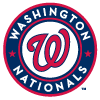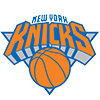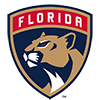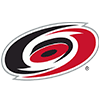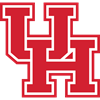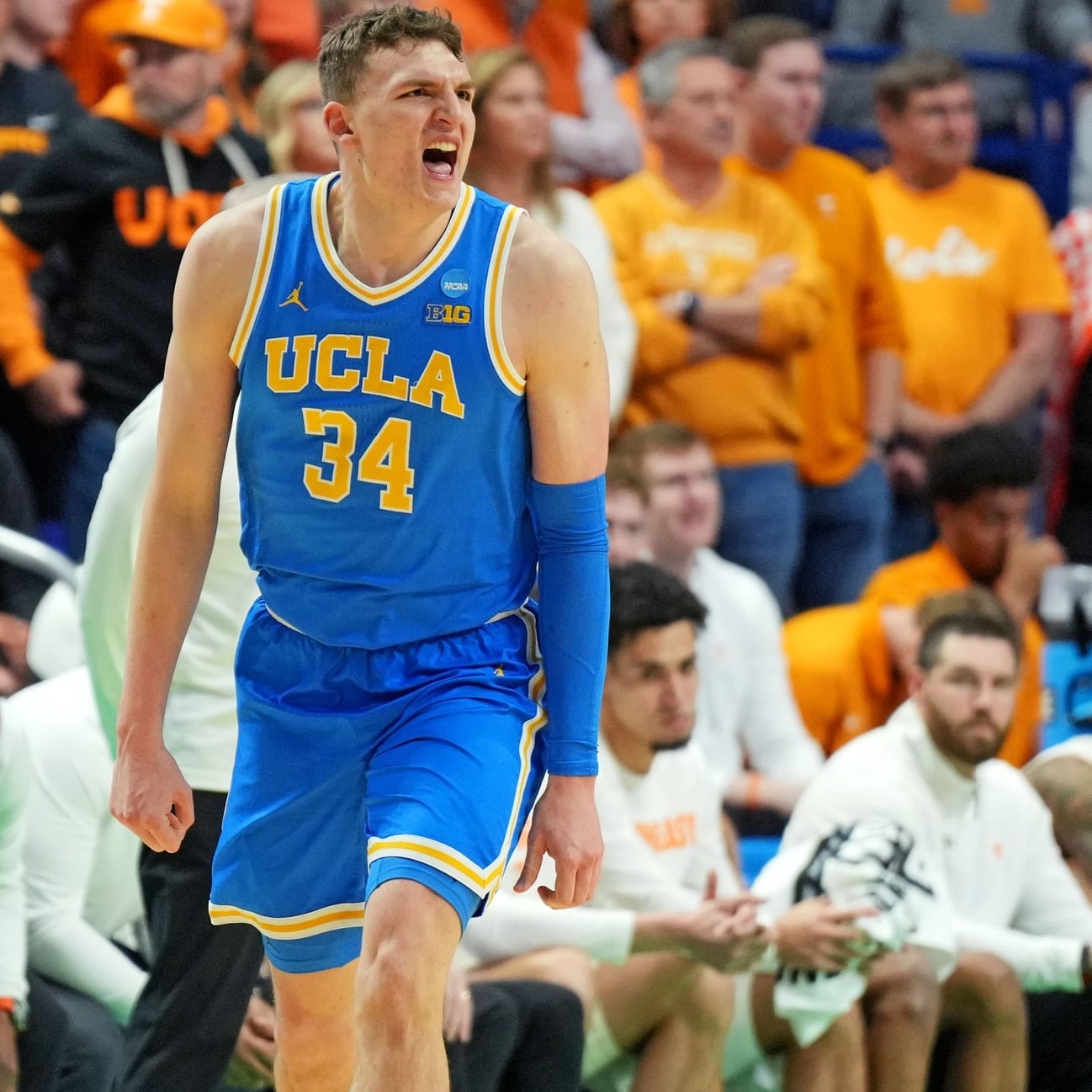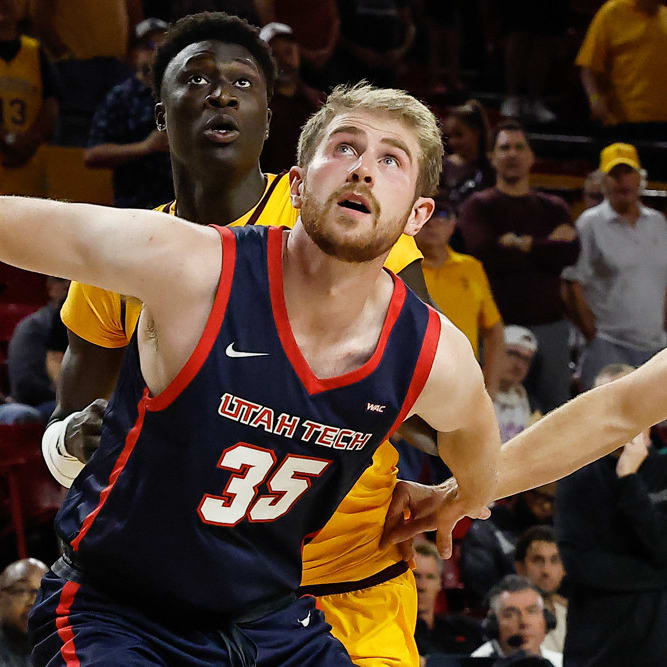NCAA Bracketology 2025 on RotoWire: Is the SEC for real?
College basketball discourse since the start of the season has largely revolved around the SEC being the best conference by a wide margin. According to the numbers, it may be the best conference ever with a minimum of 12 teams looking set for the NCAA tournament and many even projecting 14.
In the KenPom conference rankings, it towers over the Big Ten and Big 12 with a 21.66 rating. The highest conference rating in the last 20 years was the Big 12 in the 2016-17 season at 19.81.
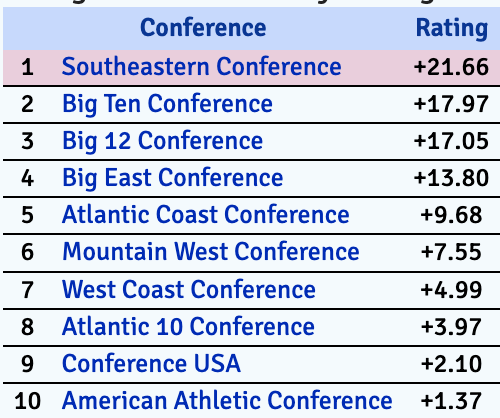
It's hard to argue the numbers given their dominance in non-conference play and with 14 teams in KenPom's top-80, but I think it requires further examination, at least for teams near the bubble.
For a live, updated bracket throughout the week check out our RotoWire Bracketology page.
For the most part, every SEC team has a couple great wins on the resume. I think more than any other team, Oklahoma's early-season performance is ruining statistical models. Oklahoma beat Arizona, Louisville and Michigan on neutral courts, all of which are easily in the projected field. Further, Arizona and Louisville are clearly playing better now than at the beginning of the season when Oklahoma's wins occurred.
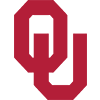 Oklahoma: NET 44, 16-7 overall, 4-6 Quad 1
Oklahoma: NET 44, 16-7 overall, 4-6 Quad 1
Despite those wins, Oklahoma never cracked the KenPom top-30, and now sits with a 3-7 conference record. I think Oklahoma is a solid team, but if it played Arizona, Louisville and Michigan today, I think it would lose all three.
The good news for the SEC is that Oklahoma won those games and is taking those wins into conference play, where it's giving half of its opponents Quad 1 wins.
A common theme among these teams is a poor average NET win. Oklahoma's is 175, while other bubble teams like Pittsburgh (139) and Nebraska (137) are at a more respectable level. The stat doesn't mean everything, but in situations like this it often points to blowouts against bottom-tier teams, enhancing underlying metrics.
 Texas: NET 31, 15-9 overall, 3-7 Quad 1
Texas: NET 31, 15-9 overall, 3-7 Quad 1
Texas is in a little different situation, and I think it's only being saved by key metrics. Texas ranks better in NET than Oklahoma, yet its best non-conference wins came against St Joe's and NC State. With a 4-7 SEC record, the Longhorns have been floating between the 8- and 11-seed line for the past few weeks.
Given that their average NET win is 194, there aren't many reasons for the Longhorns to not be on the bubble. Nine of their 15 wins are against bad teams, but with most of those being blowouts, their metrics were boosted. They improved five KenPom spots because they kept things close in a loss at home against Auburn, while they moved another six spots after beating one of the SEC's worst teams, LSU, by 31 points. That's an 11-spot increase in the KenPom rankings based off two mostly irrelevant results on the surface.
They won at Oklahoma and beat Missouri and Texas A&M at home. Those are their best wins. Yet, with a NET of 31 this team is one of many assumed to be close to a lock for the tournament, in 85 of 88 brackets at Bracket Matrix.
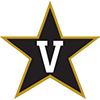 Vanderbilt: NET 42, 17-6 overall, 2-5 Quad 1
Vanderbilt: NET 42, 17-6 overall, 2-5 Quad 1
Vanderbilt will be a perfect test-case for the NCAA committee, assuming it doesn't go on a winning streak to close the season. Vandy has been considered a bubble team since beating Tennessee a few weeks ago and has since added wins against Kentucky and Texas. Of course, all of those came at home, and its best non-conference wins were against Nevada and TCU (with a loss to Drake).
The Commodores have a difficult schedule the rest of the way and probably won't make it to March Madness unless they steal a couple more games, at a minimum. At KenPom, they are favored to win just one more game before the SEC tournament.
But, because Vandy is in the SEC with a ton of opportunities to get key wins, it's in 87 of 88 brackets at the matrix.
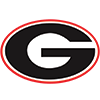 Georgia: NET 34, 16-8 overall, 2-8 Quad 1
Georgia: NET 34, 16-8 overall, 2-8 Quad 1
Georgia is in a similar situation to Oklahoma in that it has a neutral-court win over St. John's. Remove that three-point win, and the Bulldogs are 1-9 in Quad 1 games. At 4-7 in conference play with no road wins, there aren't a ton of reasons to back this team outside of that St. John's win in November in Atlantis.
The SEC is good, but does it deserve 14 of its 16 teams in the NCAA tournament?
Personally, I don't think the SEC is deserving of 14 or 13 or even 12 teams in the tournament. It's a great conference, but if a team is more than two games under .500 in league play without anything overwhelming in non-conference play, I can't get there. I know every SEC game is considered Q1 and Q2, but at some point, wins and losses have to mean something.
Unfortunately, any ACC bubble team has to deal with a bad conference and inevitably a bad loss or two. Wake Forest only has one home loss (Duke), yet because it lost by double digits on the road to Xavier and Texas A&M early in the season, it was put into a hole analytically.
Pittsburgh is in the opposite situation and needs to close the season with a winning streak because having seven losses in the ACC isn't cutting it. Similarly, SMU didn't get a key non-conference win and has to continue racking up conference wins.
Bid stealers could kick three SEC teams off the bubble
I think it's a perfect year for some bid stealers. The bubble is always bad in theory, but today's bubble is built on mediocre SEC teams that will probably finish 7-11 or 6-12 in conference play. Maybe they're better than other teams on the bubble and that's shown in the numbers, but as the teams near the bottom of the standings rack up losses, certain metrics like Strength of Record will surely take a hit.
Until then, I can only hope a team that wins six of 18 conference games doesn't make it to March Madness.
Metrics prior to games on Tuesday, Feb. 11












